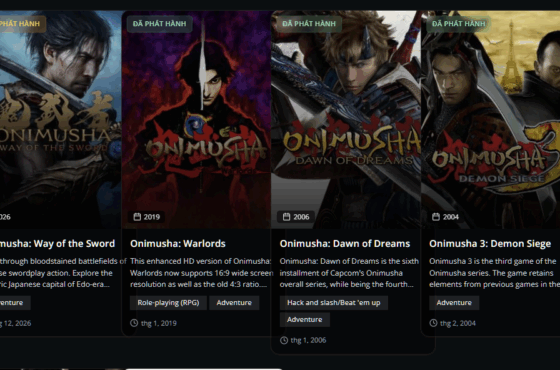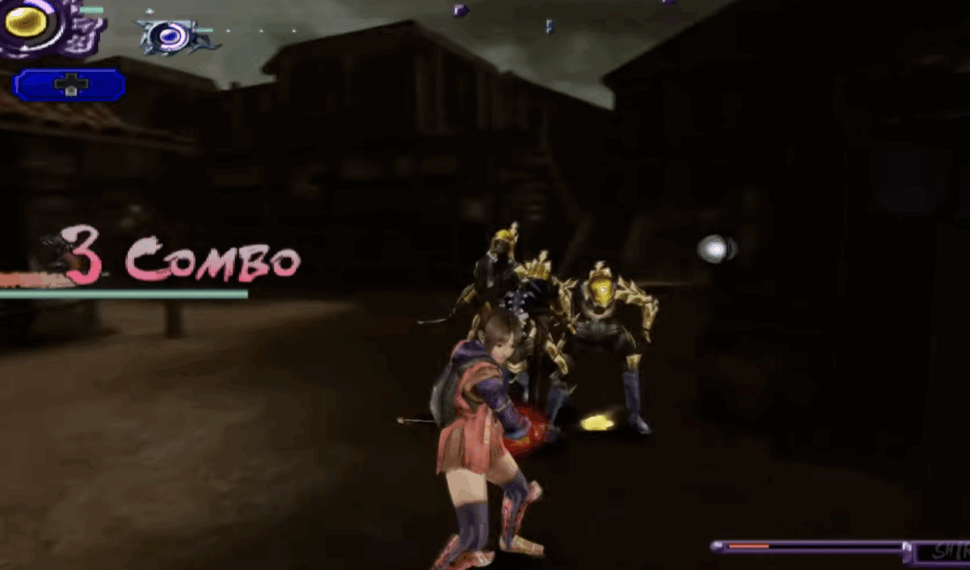

Onimusha: Dawn of Dreams
Status: Released
Release:
Platforms: PlayStation 2
Genres: Hack and slash/Beat ’em up, Adventure
Onimusha: Dawn of Dreams is the sixth installment of Capcom’s Onimusha overall series, while being the fourth game in the canonical main series. While game retains the action elements from previous Onimusha, it offers a more varied amount of weapons as well as…






Nearly two decades after its release, Onimusha: Dawn of Dreams remains one of Capcom’s most ambitious — yet criminally overlooked — titles. Released in 2006 exclusively for the PlayStation 2, it carried the weight of being both a sequel and a reinvention. Following the grand cinematic success of Onimusha 3: Demon Siege, this chapter pushed deeper into RPG systems, party mechanics, and fast-paced combat, all while trying to adapt to the changing tastes of a new console generation.
For many fans, Dawn of Dreams is the “hidden gem” of the Onimusha saga — the bridge between classic samurai adventure and modern action-RPG design.
Setting – A New Era After Samanosuke
Set fifteen years after the events of Onimusha 3, the story shifts from Samanosuke Akechi to a new hero: Soki, a mysterious blue-armored warrior known as the “Oni of the Azure.” Japan once again falls under the dark influence of the Genma, and the resurrected Toyotomi Hideyoshi serves as their demonic overlord.
Unlike its predecessors, which leaned heavily on gothic architecture and claustrophobic castles, Dawn of Dreams expands the world into larger, semi-open areas — from burning temples and haunted villages to war-torn plains filled with mythic beasts. The tone is more heroic than horror-driven, portraying a world in transition where the age of samurai collides with divine fate.
New Gameplay Mechanics and Systems
Onimusha: Dawn of Dreams introduced several firsts for the franchise, transforming the linear sword-action of the early trilogy into a full-fledged character-driven combat experience.
Multiple Playable Characters

For the first time, players could control five distinct heroes — each with unique weapons, elemental affinities, and combat styles. Soki wielded twin blades infused with demonic power, while allies like Jubei Akane and Tenkai (a returning figure with mysterious ties to Samanosuke) provided tactical variety.
Five Playable Characters, Five Distinct Styles
Capcom designed Dawn of Dreams around five playable heroes, each with unique weapon types, elemental affinities, and playstyles that complemented one another:
- Soki (Oni of the Azure) – The main protagonist. Wields dual katanas and channels raw physical strength and Oni energy. His combat style is aggressive and balanced, capable of unleashing devastating “Oni Chain” combos when powered by absorbed souls.

- Jubei Akane Yagyu – The granddaughter of Jubei Yagyu from Onimusha 2. Agile and precise, she uses dual short swords imbued with lightning. Her speed and aerial agility make her ideal for juggling enemies and executing stylish combo finishers.
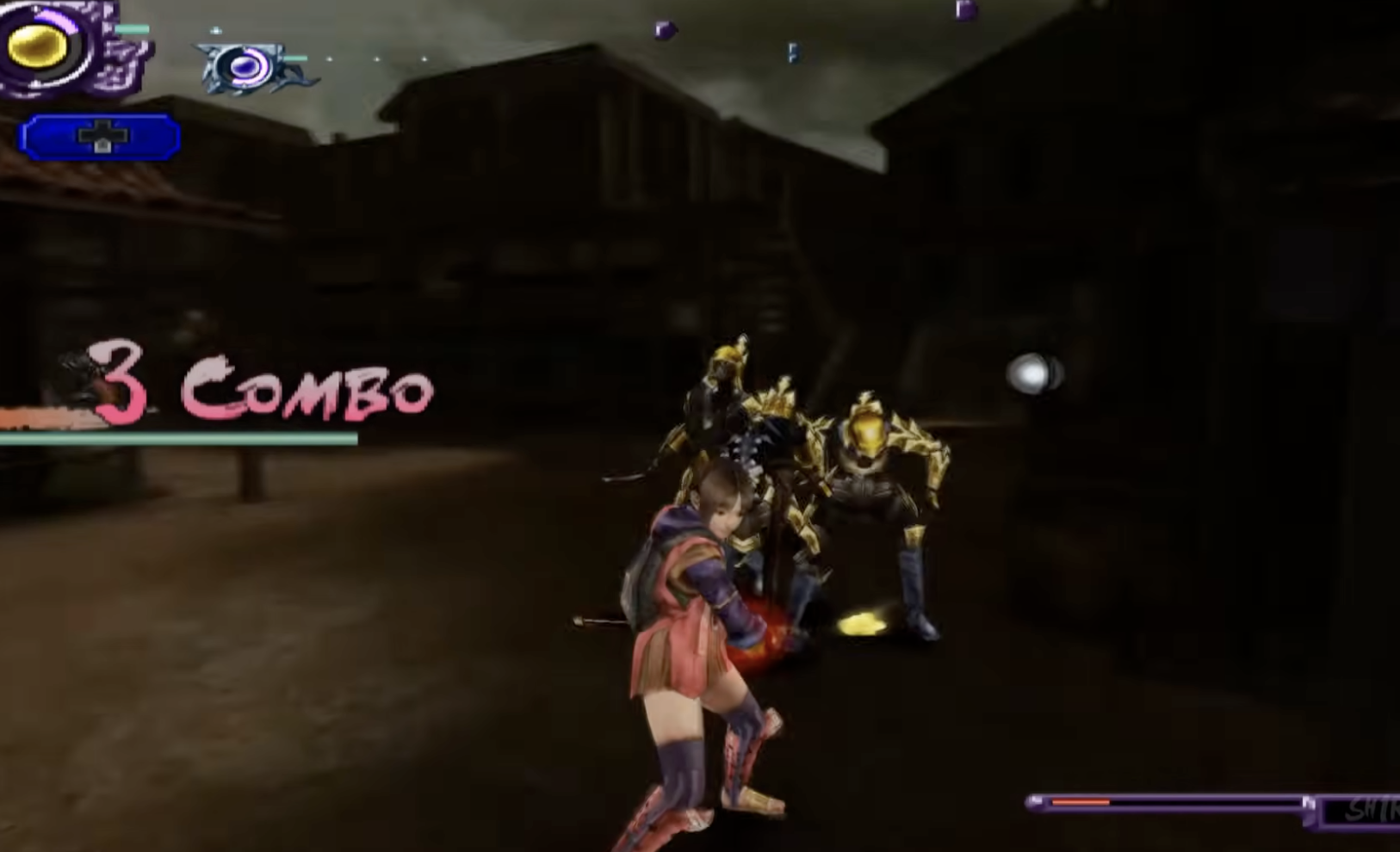
- Tenkai Nankobo – A mysterious monk with a hidden connection to Samanosuke Akechi. Wielding holy staff weapons, he fights with grace and distance control, specializing in light-based spells and crowd management.
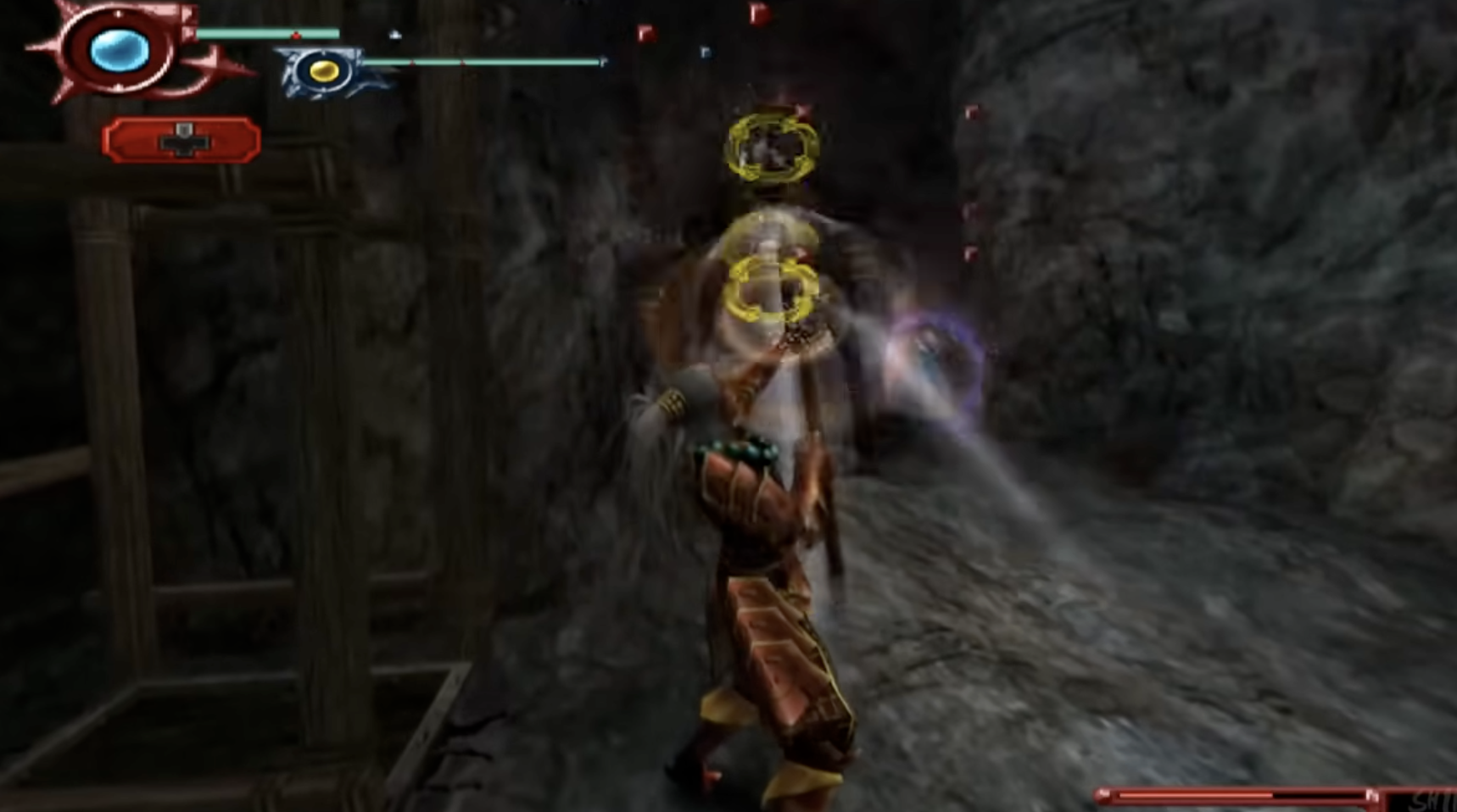
- Roberto Frois – A European missionary turned warrior, who channels divine power through massive gauntlets. He’s the powerhouse of the group, combining melee brutality with short-range magical bursts.
- Ohatsu – A skilled gunner and master of ranged combat, using firearms and bombs to provide tactical support. She represents the transitional era between sword and gunpowder, giving players a completely new combat rhythm.
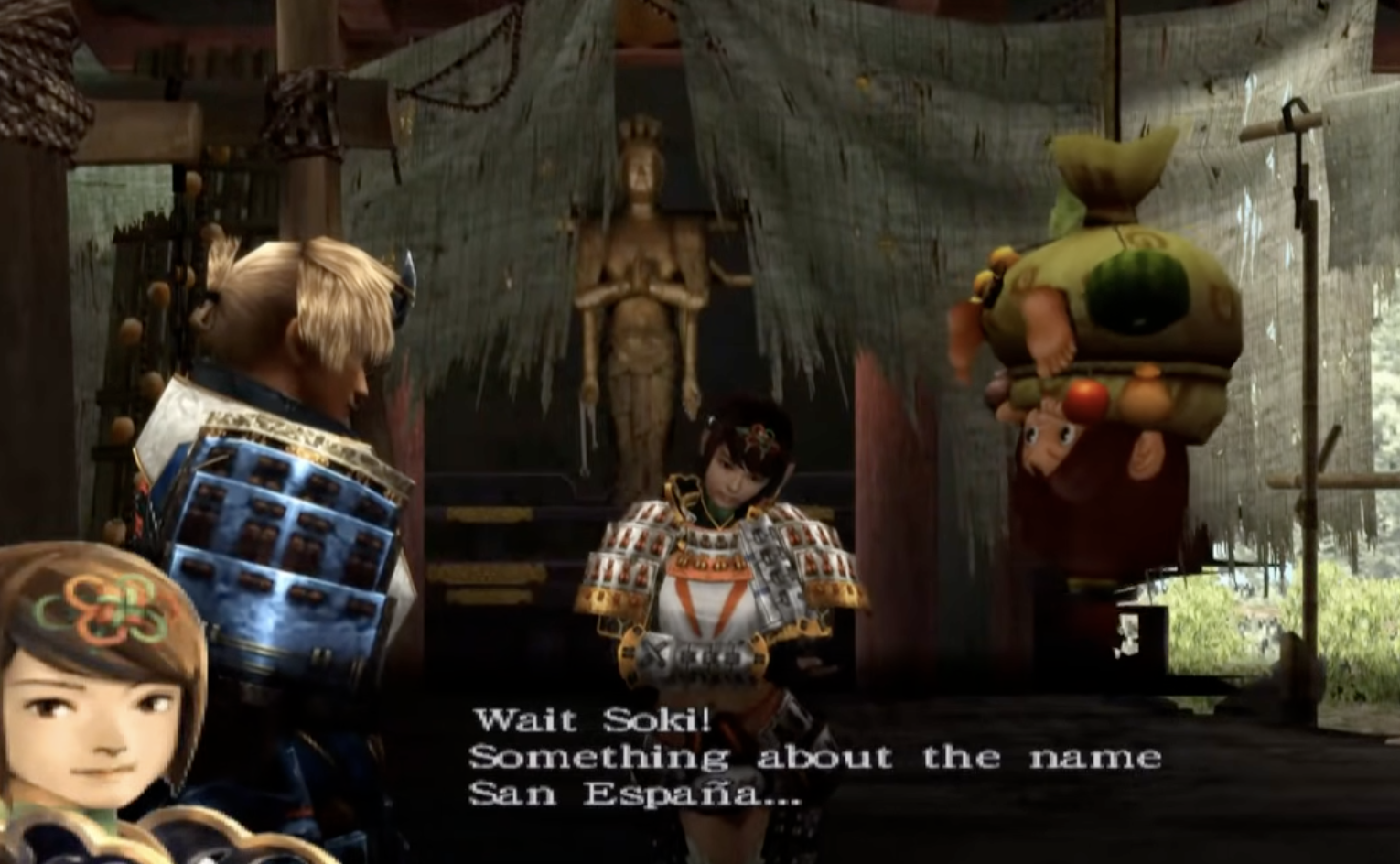
Each character’s story intertwines with Soki’s, and their relationships evolve depending on how often the player uses or assists them. By the later chapters, these warriors function less as companions and more as extensions of the player’s tactical identity — an early blueprint for modern party-based action systems seen in games like Final Fantasy VII Remake or Tales of Arise.
AI Companion System
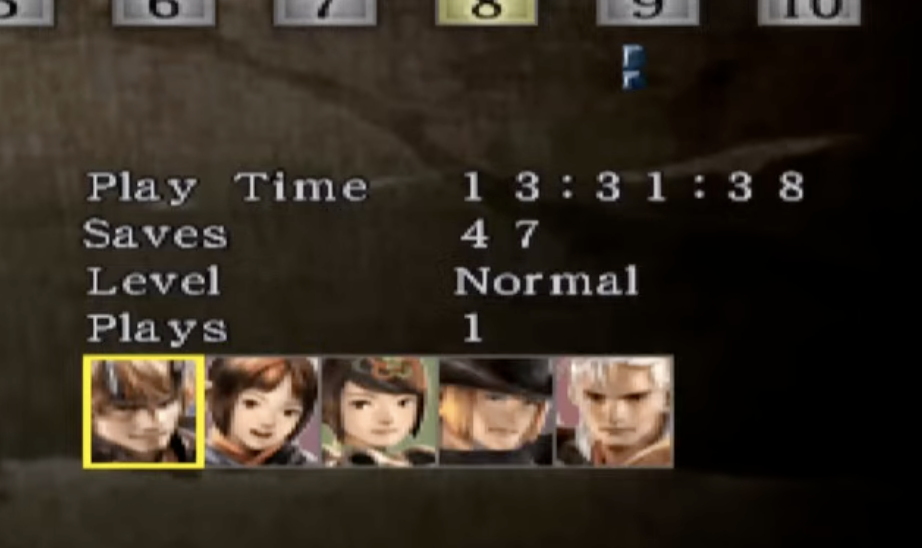
Players could issue simple commands to partners, swap between them instantly, or coordinate special combination attacks.
Dawn of Dreams introduced instant character swapping — allowing players to switch between Soki and an AI-controlled ally mid-battle. This system wasn’t just aesthetic; it was mechanical synergy. Players could:
Switch in real time to chain longer combos, juggle bosses, or counter attacks.
Issue commands to the AI partner: attack, defend, or follow.
Perform “Oni Synchronization Attacks” — cinematic finishers triggered when both characters charged their Oni gauges simultaneously.
These mechanics encouraged strategic experimentation. For instance, players might open with Jubei’s lightning flurry to stun enemies, then switch to Roberto for a crushing finisher.
The system rewarded creativity — allowing every encounter to unfold differently depending on which two warriors you paired together.
Expanded Skill Trees: Experience points could now be spent on upgrading techniques, unlocking combos, and enhancing elemental attacks — bridging Onimusha’s traditional structure with RPG progression.
Free-Camera Combat: Abandoning fixed angles, Dawn of Dreams embraced full 3D camera movement, paving the way for Capcom’s later action titles like Devil May Cry 4.
Dynamic Enemy Encounters: Battles featured larger enemy waves, mid-boss ambushes, and destructible environments — giving the series its most fluid combat yet.
At its best, the gameplay delivered the fast tempo and depth that fans had long desired, turning every duel into a test of timing, positioning, and resource management.
Visuals and Presentation
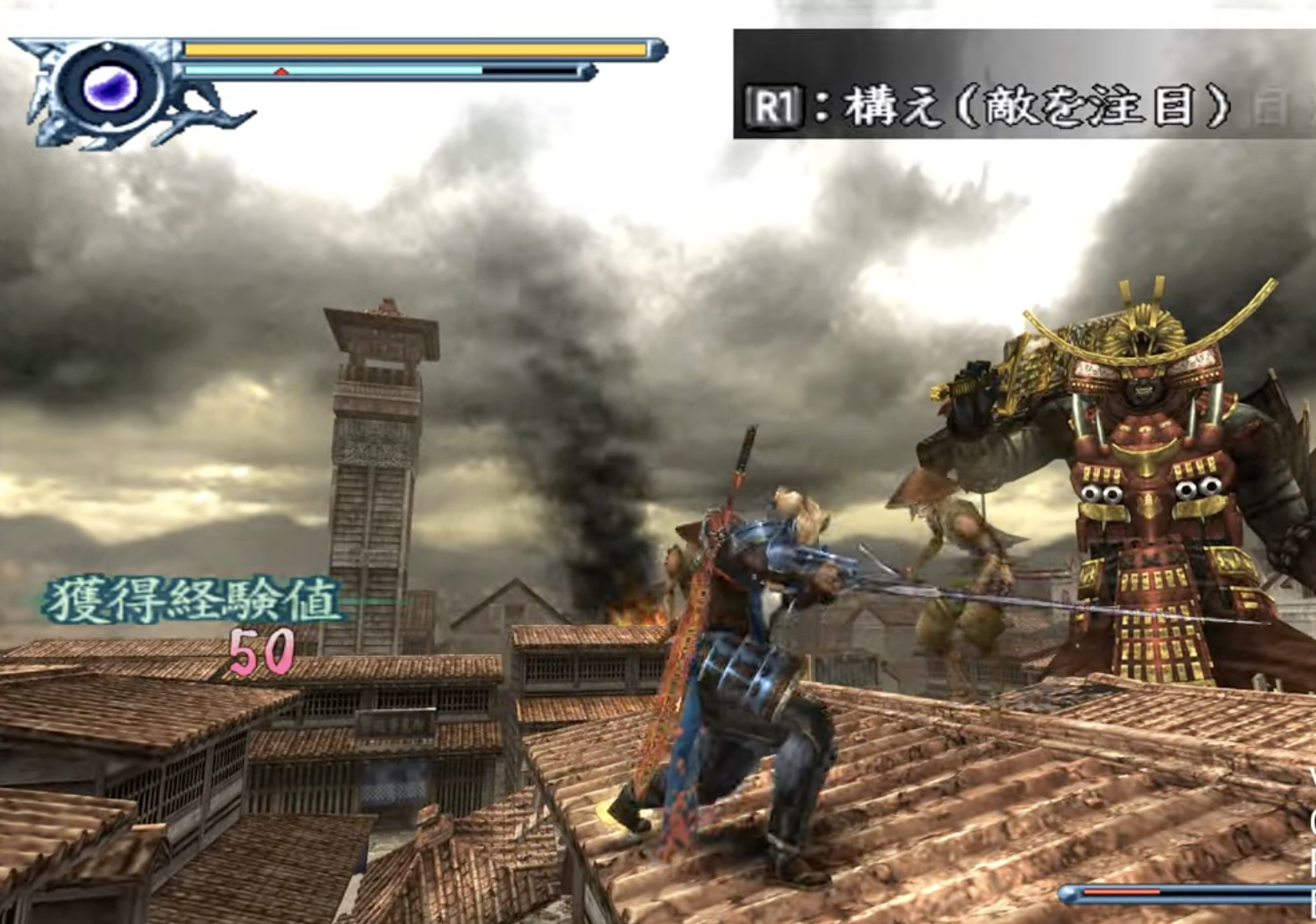
Powered by the late-era PlayStation 2 hardware, Dawn of Dreams was a visual standout for its time. Capcom used an advanced lighting pipeline and detailed character modeling that rivaled early PlayStation 3 demos. Every environment was rich with color, blending traditional Japanese motifs with ominous demonic imagery.
The cinematic cutscenes — rendered with motion capture and orchestral music — carried forward Onimusha’s legacy of blending film and gameplay. Though lacking the Hollywood star power of Jean Reno or Donnie Yen’s choreography from Demon Siege, the animation quality and staging felt equally ambitious.
Reception and Legacy

When Dawn of Dreams released in 2006, critics praised its combat depth and technical achievement but noted its awkward timing. The PlayStation 3 was already on the horizon, and the gaming world was shifting toward high-definition consoles.
Review highlights:
IGN: 8.2/10 – “A deep, satisfying action game that deserves more attention.”
GameSpot: 8.1/10 – “Polished and varied, but overshadowed by Capcom’s newer franchises.”
Famitsu: 35/40 – Commended for its scale and replay value.
Despite solid reviews, sales were underwhelming — roughly half of Onimusha 3’s numbers. Many fans never realized the game even existed due to minimal marketing. As a result, Dawn of Dreams became the unsung hero of the series, later re-evaluated by collectors and historians as one of the PlayStation 2’s most refined action titles.
How to Play Onimusha: Dawn of Dreams in 2025
Unlike Onimusha Warlords, which received modern remasters, Dawn of Dreams remains locked on its original hardware. However, there are several ways to experience it today:
1. Original PlayStation 2 Copy
Available second-hand via collectors’ stores or online marketplaces (eBay, Play-Asia, Amazon Marketplace).
Runs best on the original PS2 or backwards-compatible early PS3 models.
2. PC and Emulator Options
The game runs smoothly using PCSX2, a PS2 emulator, with enhanced resolution and widescreen patches.
Players should use their legally owned disc or ISO backup.
3. Digital Availability
As of 2025, Onimusha: Dawn of Dreams has no official digital release on PSN, Steam, or Xbox Store.
However, renewed interest from Capcom following Onimusha: Way of the Sword’s announcement has sparked rumors of a potential remaster or re-release — something fans continue to request loudly online.
Why It Deserves Another Look
Onimusha: Dawn of Dreams was more than just a sequel — it was a bold reimagining of what Capcom’s samurai saga could become. By expanding into multi-character combat, RPG progression, and emotionally driven storytelling, it laid down ideas far ahead of its time. Yet, its ambition was also its undoing. Released at the twilight of the PlayStation 2 era, it arrived just as gaming was shifting toward new consoles and cinematic blockbusters, causing it to fade quietly despite its brilliance.
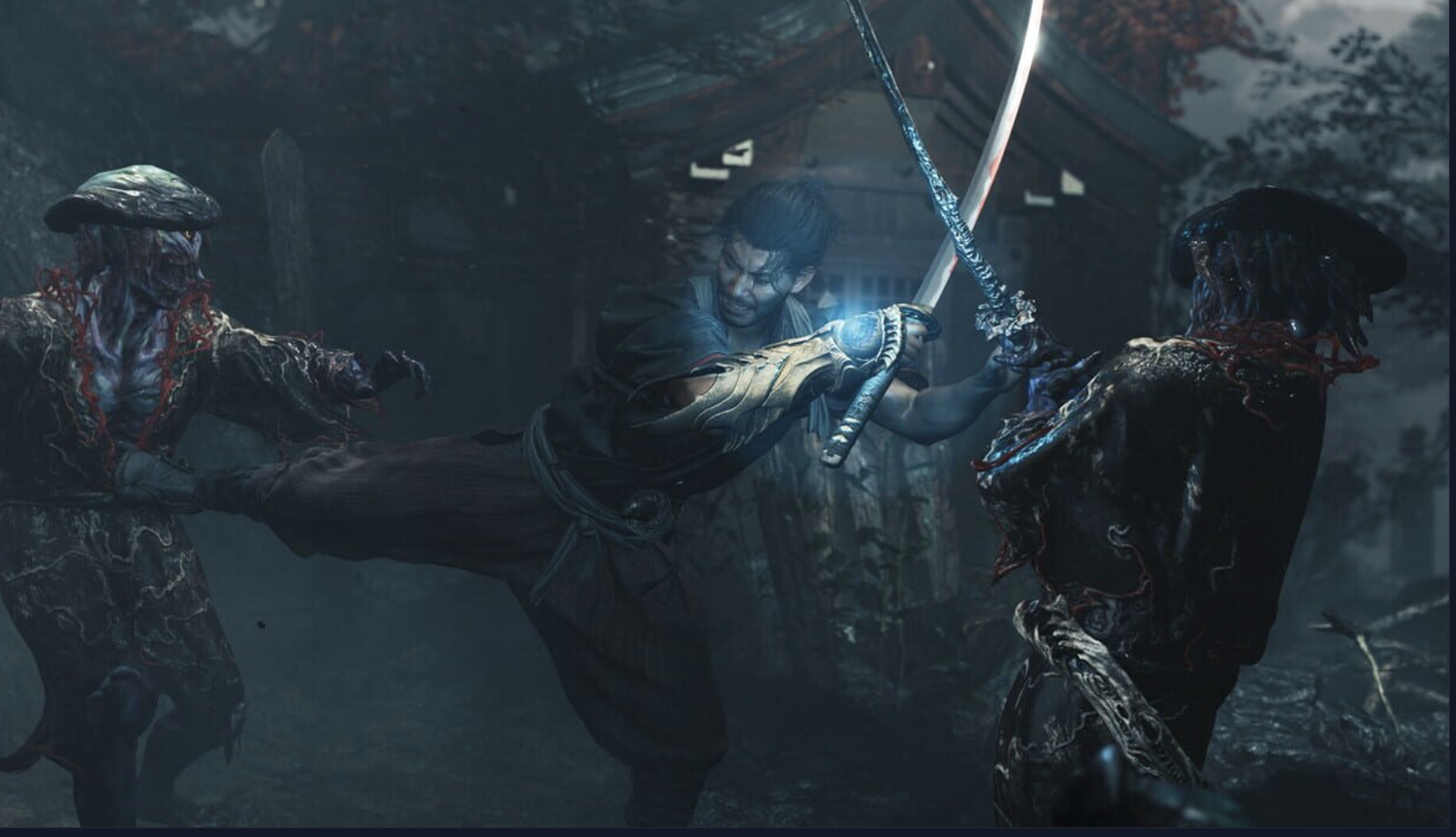
Today, as we look toward Onimusha: Way of the Sword, the upcoming 2026 revival, the influence of Dawn of Dreams feels stronger than ever. Many of its most daring ideas — dynamic character control, elemental depth, and narrative focus on chosen warriors — are now standard expectations in modern action games. With Capcom returning to the series under the powerful RE Engine, there’s a renewed sense that the studio is ready to finish what Dawn of Dreams began: a true evolution of the character-action samurai experience.
For longtime fans, revisiting Dawn of Dreams in 2025 isn’t just a nostalgic act — it’s a chance to witness the creative blueprint that may guide Way of the Sword. The forgotten chapter might, in hindsight, become the missing bridge between the old and the new — the final whisper before the Oni rise again.
- Video Games News
- October 31, 2025
